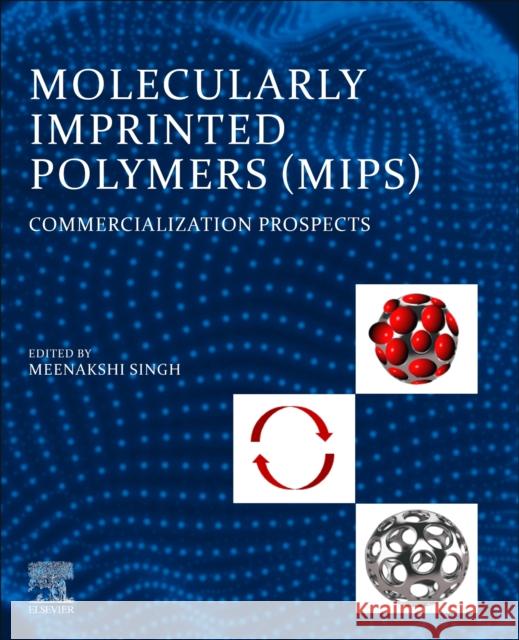Molecularly Imprinted Polymers (Mips): Commercialization Prospects » książka
topmenu
Molecularly Imprinted Polymers (Mips): Commercialization Prospects
ISBN-13: 9780323919258 / Angielski / Miękka / 2023 / 450 str.
Molecularly Imprinted Polymers (Mips): Commercialization Prospects
ISBN-13: 9780323919258 / Angielski / Miękka / 2023 / 450 str.
cena 900,54 zł
(netto: 857,66 VAT: 5%)
Najniższa cena z 30 dni: 893,16 zł
(netto: 857,66 VAT: 5%)
Najniższa cena z 30 dni: 893,16 zł
Termin realizacji zamówienia:
ok. 30 dni roboczych
Bez gwarancji dostawy przed świętami
ok. 30 dni roboczych
Bez gwarancji dostawy przed świętami
Darmowa dostawa!
Kategorie BISAC:
Wydawca:
Elsevier - Health Sciences Division
Język:
Angielski
ISBN-13:
9780323919258
Rok wydania:
2023
Ilość stron:
450
Wymiary:
23.5 x 19.1
Oprawa:
Miękka











